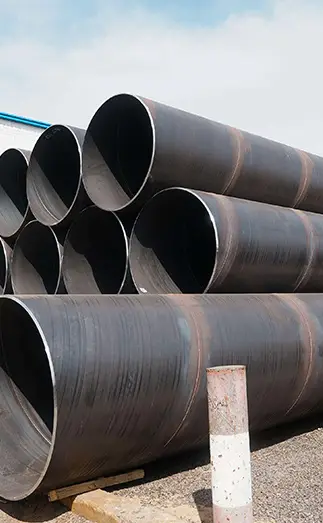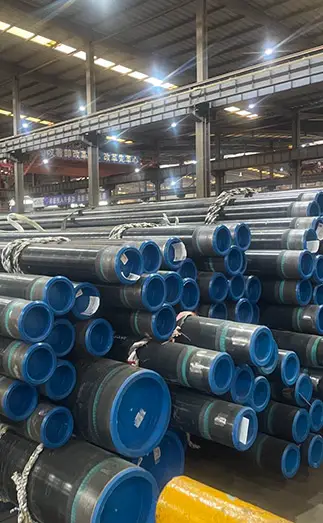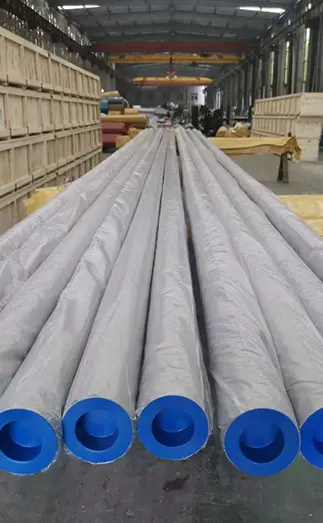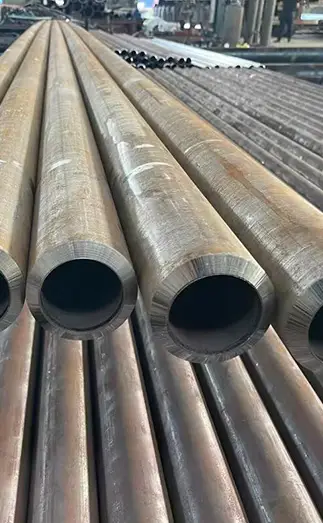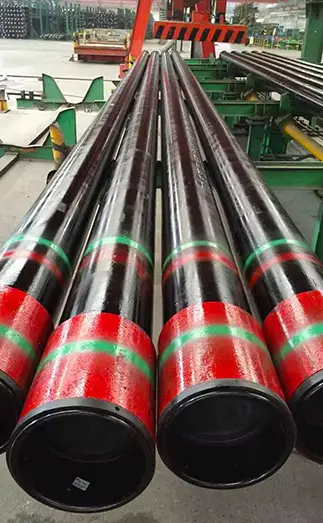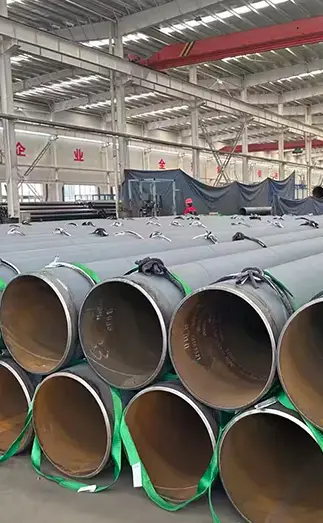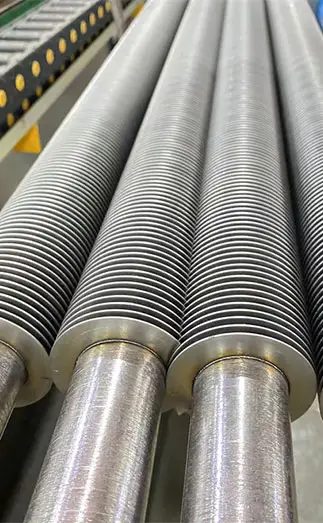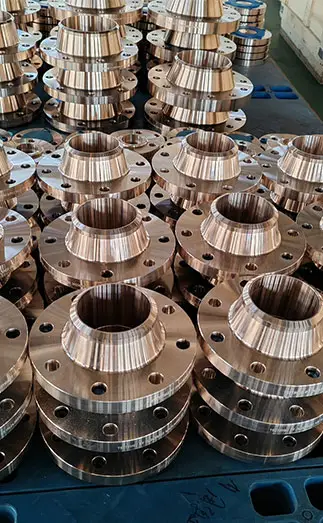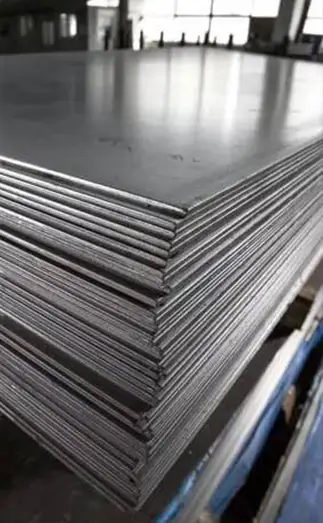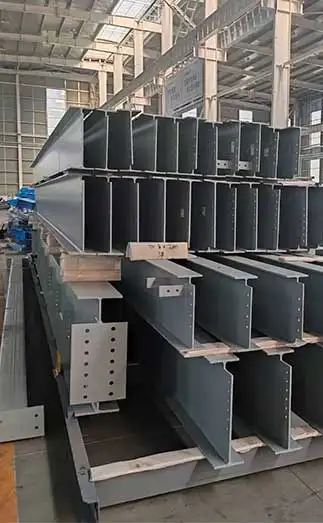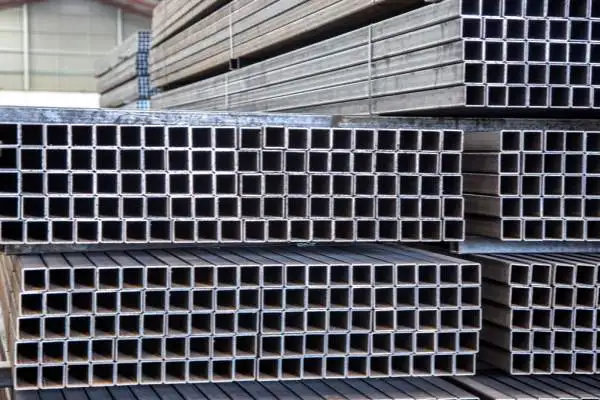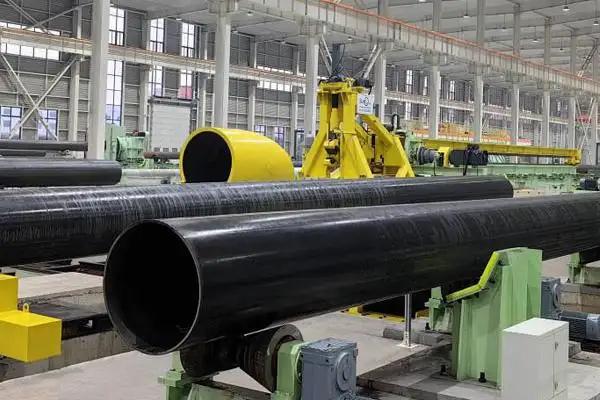Hydraulic testing of pipe elbows is a critical quality assurance step during the installation or maintenance of piping systems. It serves to verify the structural integrity, sealing performance, and overall reliability of elbows under pressure, ensuring the safety and stability of the entire system.
Super Steel Manufacturing Co.,Ltd is professional pipe fittings manufacturer, for more details, please contact:sales@super-steels.com
I. Purpose and Significance of Hydraulic Testing
1. Verifying Structural Strength and Pressure Resistance
Defect Detection: Hydraulic testing can reveal hidden manufacturing, welding, or installation defects such as cracks, pores, or slag inclusions that could lead to failure under pressure fluctuations.
Material Validation: Ensures the elbow material (e.g., carbon steel, stainless steel, alloy steel) can withstand the test pressure—typically 1.5 times the working pressure—without deformation or rupture.
2. Ensuring Seal Integrity
Joint Inspection: Tests the sealing performance at connections—elbow to pipe, flange, or weld—to prevent medium leakage (e.g., water, oil, gas), which is especially critical for high-pressure, toxic, or flammable systems.
Gasket and Bolt Reliability: Confirms the elasticity of gaskets and the uniform preload of bolts at flange joints.
3. Preventing Operational Failures
Minimizing Downtime Risk: Detects issues before commissioning, preventing unexpected leaks or bursts that could result in downtime and economic losses.
Enhancing Safety: Reduces the risk of injury or accidents caused by high-pressure medium leaks, including injection injuries, chemical burns, or explosions.
4. Meeting Standards and Regulatory Compliance
Mandatory Testing Requirement: Standards such as ASME B31.3 and GB/T 20801 mandate pressure testing before piping systems are put into service.
Traceability and Documentation: Test results (pressure values, hold time, leakage status) are vital for project acceptance and future maintenance references.
II. Key Parameters of Hydraulic Testing
Test Pressure: Generally 1.5 times the design pressure or as specified by standards (e.g., ASME B16.34).
Holding Time: Usually ≥10 minutes; the pressure gauge should remain stable within a 5% fluctuation.
Test Medium Temperature: Ambient temperature is preferred to prevent material softening or embrittlement.
Inspection Method: Primarily visual inspection for leakage and pressure drop; ultrasonic or infrared inspection may be used if necessary.
III. Testing Procedures for Pipe Elbows
Hydraulic testing for elbows typically includes pressure testing, sealing testing, and reliability testing.
1. Pressure Testing
Confirm Test Pressure: Defined based on design documents; should not be less than 1.5 times the nominal pressure.
Prepare Testing Plan: Tailored to elbow structure and design requirements, detailing procedures and criteria.
Execute in Stages: Gradually increase pressure while monitoring for deformation or leaks; hold pressure for the required time.
Evaluate Results: Inspect for failures. Any issues found must be addressed and the test repeated if necessary.
2. Sealing Test
Pipeline Cleaning: Remove internal debris or contaminants before testing.
Static Pressure Test: Fill the system with water and check for leaks at connection points.
Result Confirmation: A test passes if there is no visible leakage or seepage.
3. Reliability Test
Create a Cyclic Test Plan: Simulate real-life conditions with repeated pressure cycles.
Assess Long-Term Durability: Evaluate whether the elbow can endure prolonged pressure fluctuations without failure.
IV. Precautions During Hydraulic Testing
Gradual Pressurization: Increase pressure in stages (e.g., 20%, 50%, 80%, 100%) to avoid sudden stress fractures.
Thorough Air Removal: Eliminate trapped air to prevent false readings or water hammer effects.
Safety Measures: Install pressure relief valves and establish isolation zones. Never tighten bolts under pressure.
V. Conclusion
Hydraulic testing of pipe elbows is an essential safeguard in pipeline construction and maintenance. By simulating extreme conditions, it validates the mechanical and sealing performance of elbows, directly impacting the safety, environmental compliance, and lifespan of the system. Strict adherence to relevant standards and thorough documentation of the entire test process are fundamental to ensuring high-quality and safe pipeline operations.



 English
English Español
Español Français
Français بالعربية
بالعربية